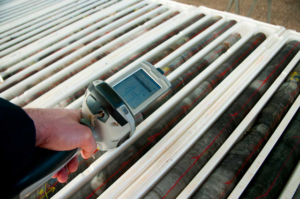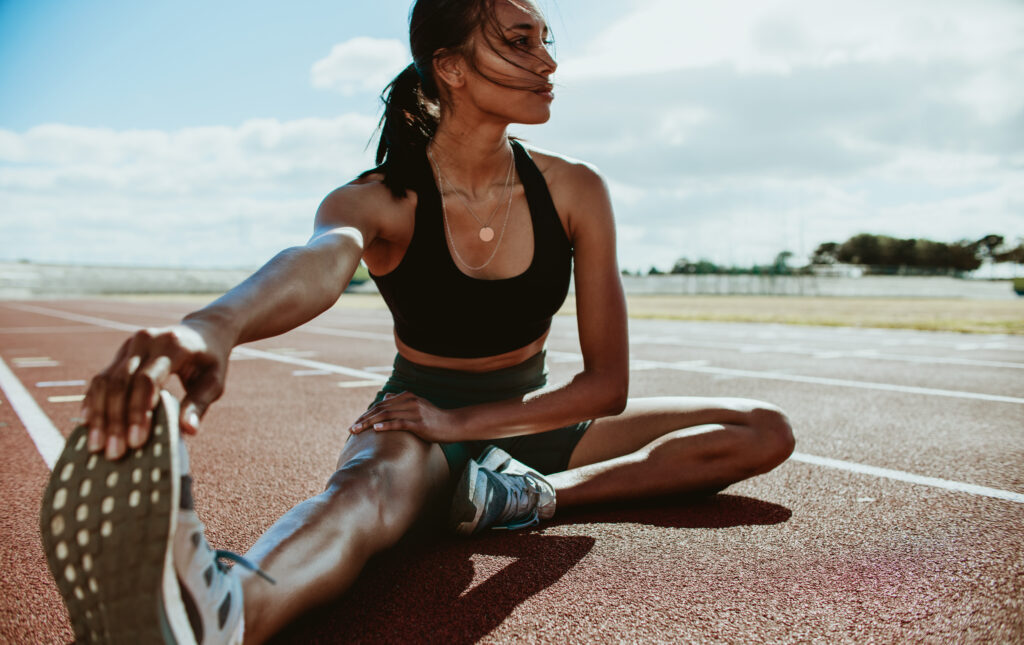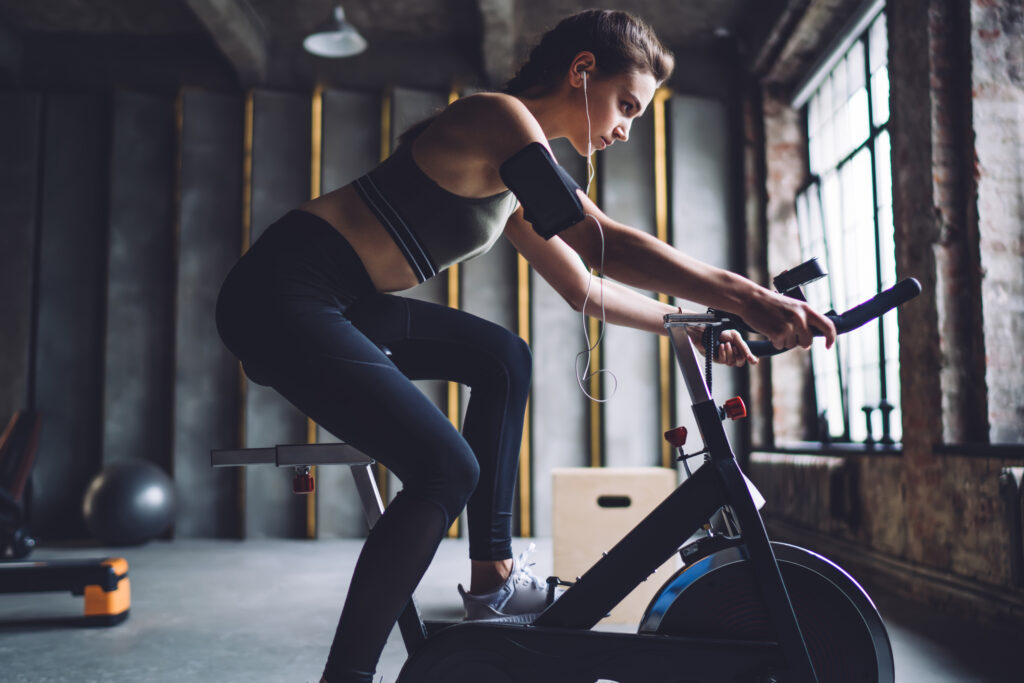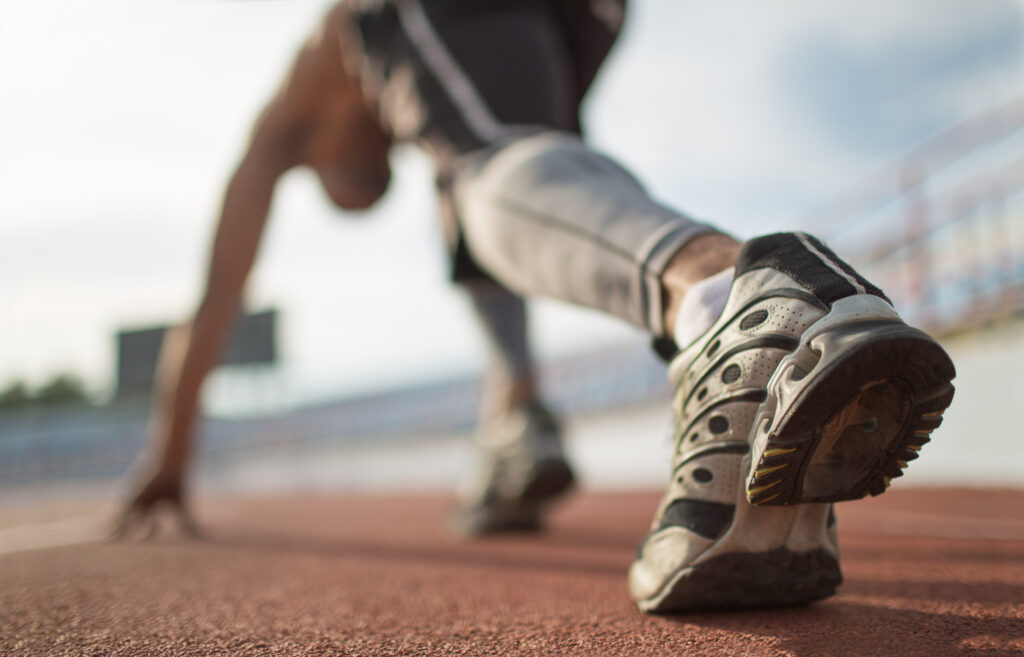
Introducing CELLIANT XRF Fabric Testing
May 01, 2025 – The pursuit of continual improvement has led us to adopt a powerful new method of analysis for CELLIANT-powered fabrics: X-Ray Fluorescence (XRF) Testing…

Infrared apparel, for example clothing that is powered by CELLIANT, is apparel made from responsive infrared textiles. These fabrics work by capturing and converting body heat into infrared energy, which it re-emits back into the body’s tissue and muscle, penetrating up to four cm. This increases local circulation and improves cellular oxygenation, supporting better endurance, strength and post-workout recovery.
Athletes and fitness enthusiasts who want to improve their speed and endurance often look for ways to “hack” their biology to unlock their full potential. Biohackers tweak their diets, exercise routines, and lifestyles to find the right combination of changes to improve their athletic performance. Infrared apparel is one of the newest ways to biohack fitness levels, and it’s as simple as getting dressed.
Several studies have shown that far infrared has physiological effects when used to treat certain medical conditions such as arthritis, menstrual pain, and chronic foot pain. If athletic apparel made with far infrared technology can show positive physiological effects, it can potentially improve the volume of oxygen consumption, and therefore overall athletic performance, when worn during exercise.
The study monitored oxygen consumption from aerobically fit cyclists during exercise tests while wearing infrared apparel and non-infrared control apparel. At lower cycling intensities, the subjects consumed 1.1% less oxygen when wearing the infrared apparel compared to the control garment, despite exercising at the same intensity.
Additional research is required to determine the implication of this effect for a training or competing athlete; however, the results indicate that this apparel technology does elicit a physiological effect and has the potential to positively affect strength, endurance, and overall athletic performance.
There are three types of infrared wavelengths: near, mid, and far. Each wavelength penetrates the body at different depths and offers its own unique benefits. CELLIANT incorporates the benefits of all three infrared wavelengths to create clothing that provides robust support to athletes.

Many studies have shown that infrared light has positive physiological effects on the body. In one study, participants saw a significant increase in the amount of oxygen available in the blood near the skin’s surface when wearing infrared clothing compared to traditional apparel.
In a similar study, researchers found that infrared clothing increased test subjects’ blood flow and improved muscular performance, which they measured via hand grip strength. Infrared apparel has also been shown to reduce the body measurements of women who wore infrared garments. Researchers attribute the reduction to increased microcirculation and peripheral blood flow, and they indicate that these changes could promote better general health.
Infrared apparel is made by either printing or permanently embedding infrared-emitting particles into the fabric. These particles absorb body heat and convert it into infrared energy. This energy is then re-emitted back into the body, penetrating deep into the skin and soft tissues.
The process of capturing the body’s heat and recycling it into infrared energy increases local circulation and improves cellular oxygenation. These changes can have positive physiological effects such as increased endurance, speed, and strength; faster recovery time; and improved sleep.

Infrared clothing is considered safe and does not have any known side effects.
During our study, each subject participated in four randomized cycling tests. They were tested twice while wearing a full-body infrared garment and twice while wearing a similar control garment made from traditional materials.
Aerobic and anaerobic respiration refers to the two methods the body uses to supply the energy it needs during physical activity. Aerobic respiration uses oxygen to create energy. When the body lacks sufficient oxygen, it switches to anaerobic respiration, where it uses glucose reserves to produce energy quickly.
The body uses aerobic respiration during moderately intense exercise that’s maintained over a prolonged period, such as long-distance running. It uses anaerobic respiration during high-intensity, short-duration activities such as sprinting.
When the body switches from aerobic to anaerobic respiration, it crosses the anaerobic threshold. In this state, an athlete is working at a high intensity and their muscles will begin to fatigue because lactate builds up in the blood, which is not sustainable.
The anaerobic threshold is the point during exercise where the body no longer has sufficient oxygen to meet its energy demands through aerobic respiration and must rely on anaerobic metabolism.
When the body crosses the anaerobic threshold, it causes lactate to accumulate in the blood and muscles. As lactate builds up and the body’s glucose levels are depleted, the muscles begin to fatigue and athletic performance diminishes.
The anaerobic threshold is an important metric for athletes in both endurance and high-intensity sports. The higher a person’s anaerobic threshold, the longer they can perform at a high intensity before experiencing muscle fatigue.

Anaerobic respiration occurs when the body doesn’t have sufficient amounts of oxygen available to meet its energy demands. Instead of oxygen, it uses a process called glycolysis to convert glucose reserves into energy to fuel the muscles. Blood lactate, sometimes called lactic acid, is a byproduct of this process.
During moderate exercise, the body may generate lower levels of lactate, but it’s able to clear it effectively to keep the muscles functioning properly. However, at high intensities, blood lactate builds up faster than the body can recycle it, and this, in addition to other factors, causes the muscles to fatigue.
Infrared light in the form of saunas, heat lamps and other devices has a well-documented history of providing positive physiological effects on the body, from increased local circulation to increased cellular oxygenation. Our study indicates that infrared light is also effective in the form of clothing and/or textiles. Infrared emitted from apparel does not require any external power source as is the case for saunas and heat lamps, which are used for a limited time, usually only several minutes. Infrared apparel can easily be worn for several hours.
Athletes who wear infrared apparel during training exercises, or any activity that occurs below the anaerobic threshold, could potentially see a variety of benefits from improved oxygen uptake, including more speed, better endurance, and faster recovery times.
Our study indicates that far infrared clothing provides beneficial physiological effects when worn during training and other physical activities that are performed below the anaerobic threshold. The CELLIANT fabric tested in our study emits far infrared wavelength providing deep tissue penetration.

CELLIANT-powered products have wide appeal. From longevity-seeking seniors and wellness-conscious millennials to biohackers and elite athletes, everyone wants an easy way to improve their physical health and quality of life. Infrared apparel may provide a solution that doesn’t require a time or energy investment in order to see clinically proven results.
If you are interested in further understanding the science behind CELLIANT, please click here to download our ten peer-reviewed, published studies, including our work on volume of oxygen consumption.
You can also fill out the form below to connect with a CELLIANT representative to learn more about how the science behind infrared light can help take your brands’ products to the next level.
Everything to Know About VO2 Max. Healthline. https://www.healthline.com/health/vo2-max
Gordon IL, Casden S, Vangel M, Hamblin MR. Effect of Shirts with 42% Celliant™ Fiber on tcPO2 Levels and Grip Strength in Healthy Subjects: A Placebo-controlled Clinical Trial. J Text Sci Eng. 2019;9(4):403. PMID: 34377599; PMCID: PMC8351537.
Kyselovic J, Masarik J, Kechemir H, Koscova E, Turudic II, Hamblin MR. Physical properties and biological effects of ceramic materials emitting infrared radiation for pain, muscular activity, and musculoskeletal conditions. Photodermatol Photoimmunol Photomed. 2023 Jan;39(1):3-15. doi: 10.1111/phpp.12799. Epub 2022 May 21. PMID: 35510621; PMCID: PMC10084378.
Vatansever F, Hamblin MR. Far infrared radiation (FIR): its biological effects and medical applications. Photonics Lasers Med. 2012 Nov 1;4:255-266. doi: 10.1515/plm-2012-0034. PMID: 23833705; PMCID: PMC3699878.
V̇O2max and Aerobic Fitness. (n.d.). UC Davis Health | Sports Medicine. https://health.ucdavis.edu/sports-medicine/resources/vo2description
Washington K, Wason J, Thein MS, Lavery LA, Hamblin MR, Gordon IL. Randomized Controlled Trial Comparing the Effects of Far-Infrared Emitting Ceramic Fabric Shirts and Control Polyester Shirts on Transcutaneous PO2. J Text Sci Eng. 2018;8(2):349. doi: 10.4172/2165-8064.1000349. Epub 2018 Apr 10. PMID: 30381796; PMCID: PMC6205518.
What to Know About VO2 Max. (2023, May 2). WebMD. https://www.webmd.com/fitness-exercise/what-to-know-about-vo2-max


May 01, 2025 – The pursuit of continual improvement has led us to adopt a powerful new method of analysis for CELLIANT-powered fabrics: X-Ray Fluorescence (XRF) Testing…

February 21, 2025 – Photobiomodulation (PBM), sometimes referred to as low-level light therapy, is a form of light therapy that uses specific wavelengths of red and near-infrared…

September 13, 2024 – Understanding metabolic rate is important because it plays a key role in energy levels and overall well-being. While metabolic rate varies…
To access all of our reports please input your email below.
Contact us at marketing@celliant.com
Thank you for your request. Please download the brochure below.
Sign up for the latest Celliant news and innovations.
REQUEST INFORMATION